Water Aerobics: How it Benefits You and What to Expect
Water aerobics goes back all the way to the 1950s and has continually grown in popularity over the decades with its benefits of building endurance and flexibility and reduce joint pain. It is also enjoyable, which keeps people coming to class again and again.
Water aerobics goes back all the way to the 1950s and has continually grown in popularity over the decades with its benefits of building endurance and flexibility and reduce joint pain. It is also enjoyable, which keeps people coming to class again and again. Alexis Penn, Water Aerobics Instructor at Cooper Fitness Center, says, “the classes can be challenging but are always much fun which creates a great opportunity for social participation and class engagement.”
Penn began teaching water aerobics more than 30 years ago. She was teaching indoor group exercise classes while pregnant dealing with symptoms such as swollen ankles. She asked her class at the time if they would help her out and have the classes in the water to help alleviate her symptoms, and there began her love for working out in the water.
Debbie Koeppel, a Water Aerobics Instructor at Cooper Fitness Center of three years, initially participated in water aerobics as a hobby. She enjoyed it so much that she became a certified instructor. “All ages can participate, and it’s a fun environment. I couldn’t wait to get certified and share the experience with others!”
Water aerobics is for everyone! Taking water aerobics classes has been known to help individuals who are injured or avoiding strain to their body due to age or health issues. Participants enjoy the many benefits of water aerobics:
Improves flexibility
Increases endurance
Burns calories
Is a full-body workout
Relieves stress
Koeppel shares five ways the resistance can challenge your movements in the water:
Range of motion
Speed
Suspended moves (holding position for a period of time)
Acceleration
Ease in traveling within the pool
What to Expect
Getting in the water can be difficult for those who fear the water or do not know how to swim. Penn explains, “you’re never underwater and in many classes, you perform exercises in water that’s somewhere between your waist and chest height. It’s important to remember that you are in a safe and controlled environment.” For Koeppel, she changes levels of difficulty throughout the class which involves water up to the hips, water up to the shoulders and lastly with feet off the pool floor. “If you are only comfortable doing the exercises in the first or second level of the class, that is fine. While Cooper Fitness Center has shallow pools for their classes, floatation equipment is advised for those who need it,” says Koeppel. Floatation devices are always allowed and even encouraged for people to gain the ultimate benefits of water aerobics. She also wants people to remember not to overexert themselves, and only do what your body is capable of.
Some of the most common aerobics exercises include:
Squats and lunges
Jogging
Kicks
Rocking horse
Jumping jacks
Both Koeppel and Penn emphasize how important it is for them to keep the class enjoyable and engaging. In addition to the movements, as with any group exercise class, the music played has a significant impact on a person’s enjoyment of the class. Many styles of music can be incorporated into the classes. They also strive to have lots of interaction among participants in their classes to create a community of participants who love exercising in water.
Read Also: Keep your face towards the sunshine and shadows will fall behind you
Watch Also: https://www.youtube.com/@TravelsofTheWorld24

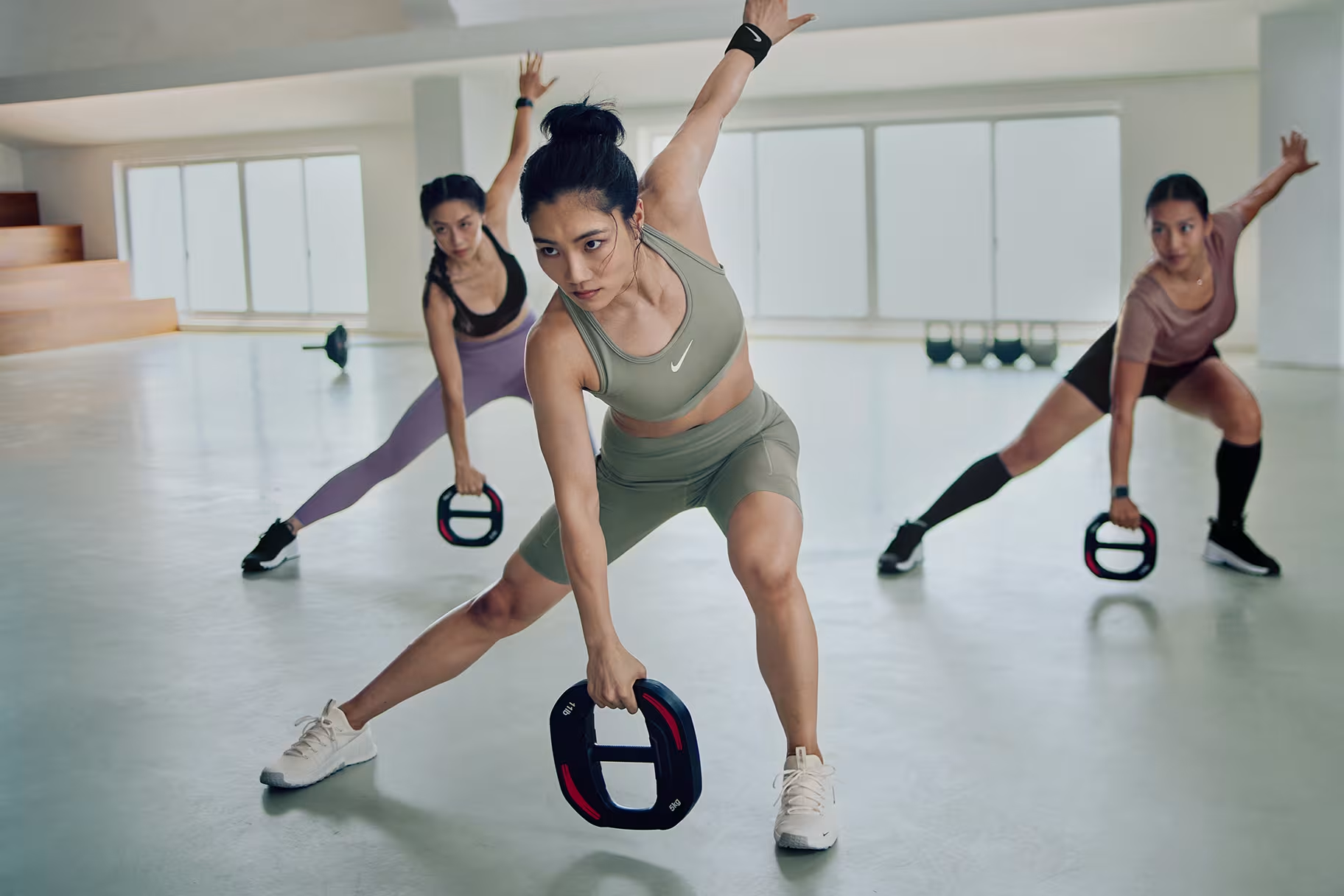



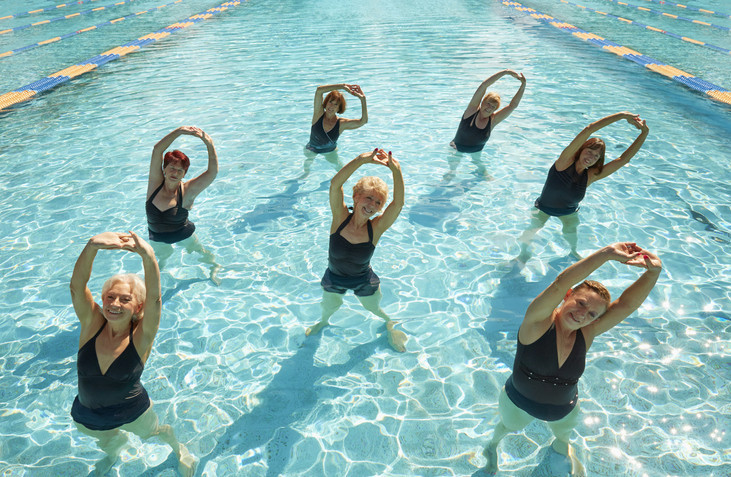
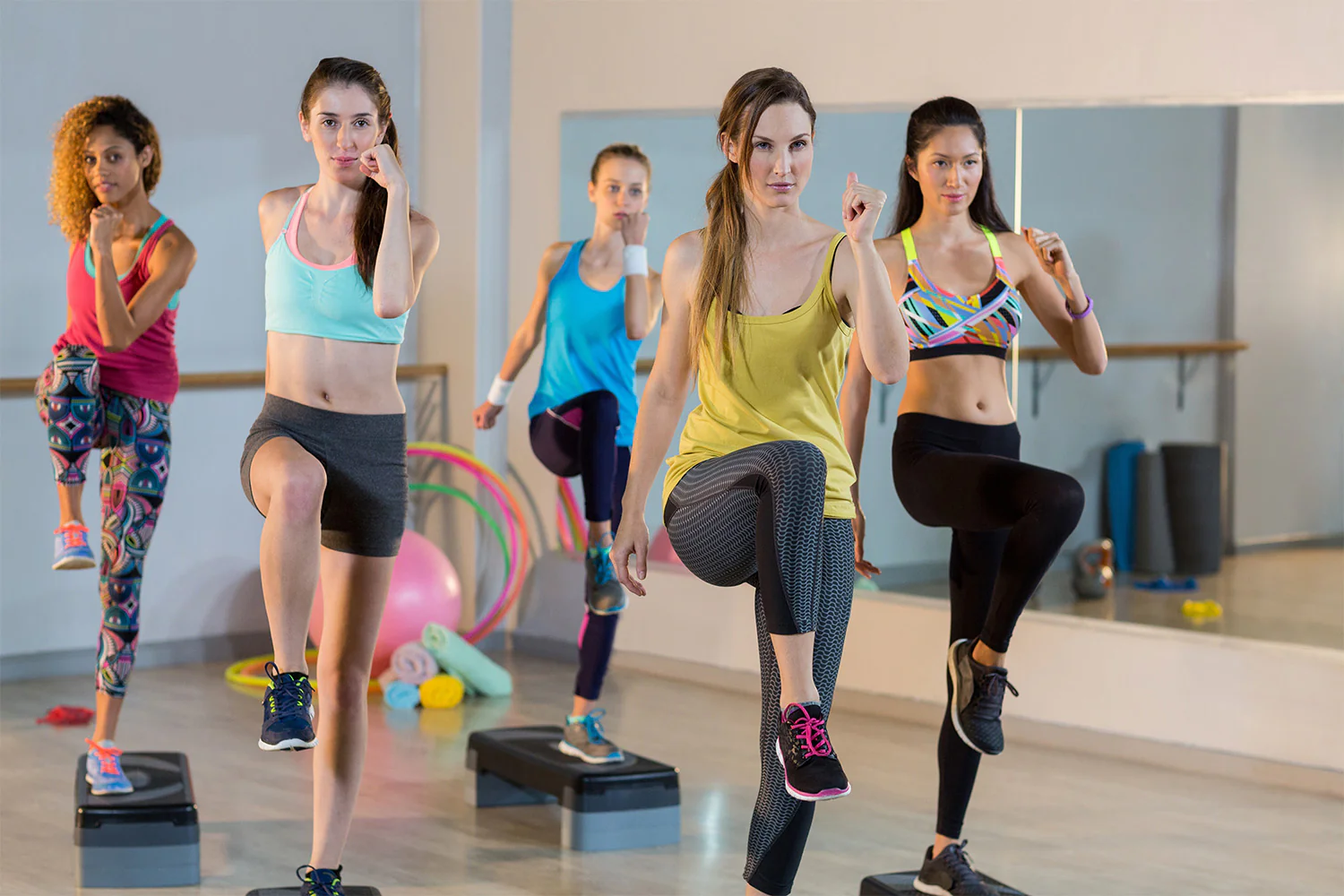
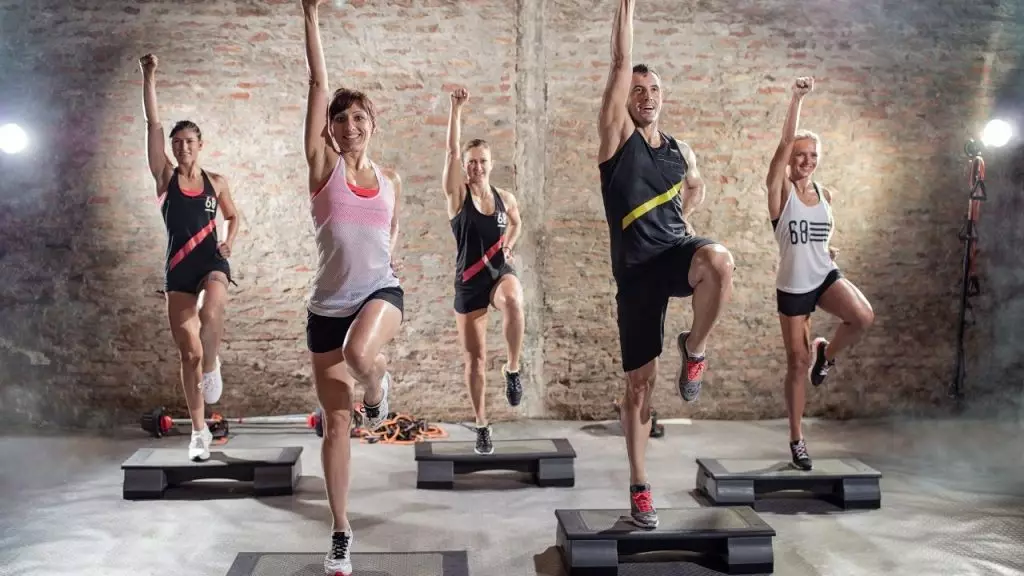
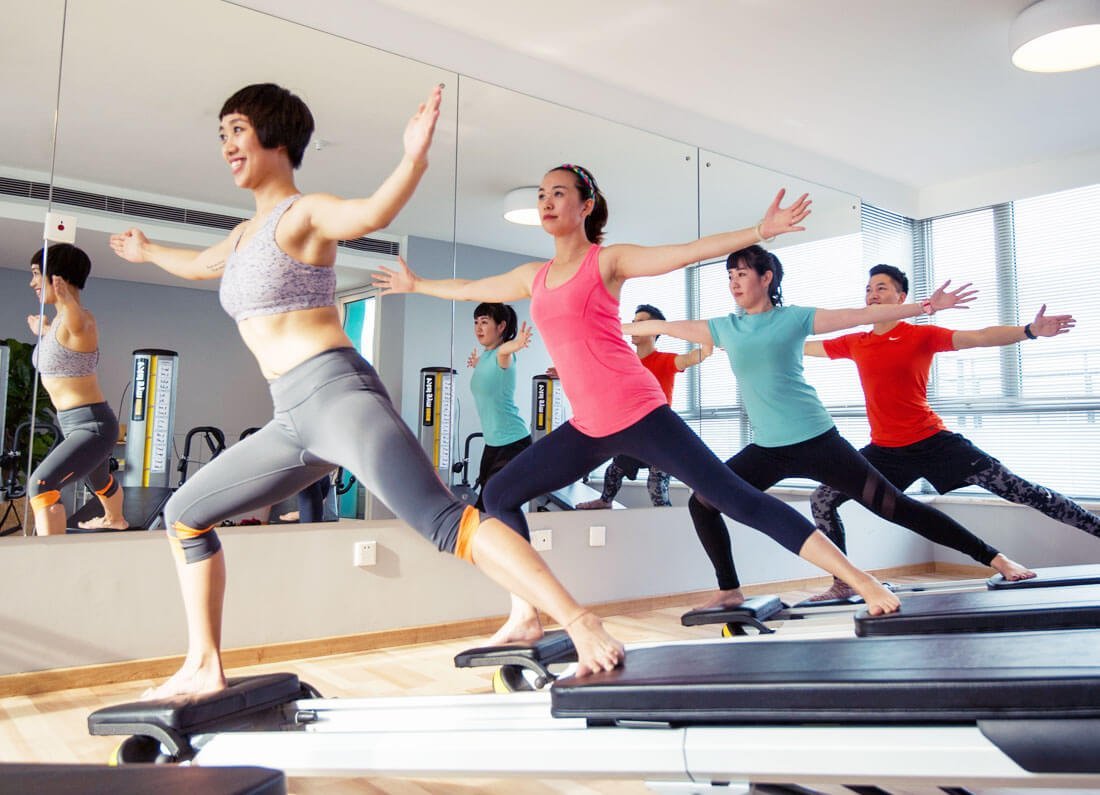
Leave a Reply